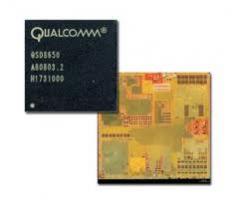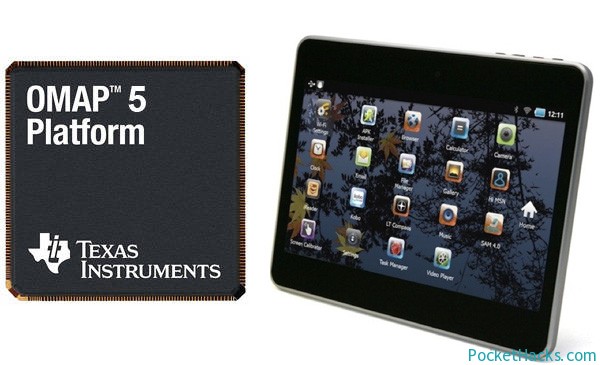It seems that Ateris vs. Sonics war, initiated by Sonics in 2010 on the legal battle field, is now continuing on the marketing field, as far as I am concerned, I prefer the latter, as I am an engineer and not a lawyer, and I must say that playing in the marketing allow both companies to extract the most attractive features of their products. Such a battle is good for design engineers and decision makers, as they can learn about the state of the art for products like Crossbar, Silicon fabric and Network on Chip (NoC).

A couple of weeks ago, Sonics board member Jim Hogan has used deepchip.com as a marketing battle field to develop quite a strong offensive: not less than 6 articles posted to describe the Network-on-Chip (NoC) market, commons definitions terms about it, Make-or-Buy decision; and more, including an article dedicated to comparison of Sonics SGN vs. Arteris Flex NOC vs. ARM NIC 400. Today, we will focus on this comparison table, as Kurt Shuler (VP of Marketing with Arteris) has proposed an answer to this specific article. Kurt has reviewed the comparison table, and provided some point by point corrections, when needed… in fact on almost every table entry. I strongly suggest you to take a deep look at Kurt’ answer and the corrected table here, so you can make your mind by yourself. I can give you a summary of the key points that Kurt has highlighted in his article.

The first, and probably sounding like a killing argument is that “Jim Hogan NoC table compares silicon-proven Arteris FlexNoC to unproven Sonics SGN”. If you consider that Arteris FlexNoC has been integrated in System on Chip (SoC) developed by Texas Instruments, Qualcomm or Samsung (to name just a few of the long list of Arteris customers, see here), that these SoC are now in production, when Sonics SGN, although a promising product, is still in the pre-adoption phase, or in evaluation by potential customers, that means that the comparison is made between potential performances (Sonics SGN) and actual performances (Arteris FlexNoC). If you prefer, Jim Hogan is building a comparison table using performances coming from a slide show on one hand, and from Silicon in production on the other hand…
Then, Kurt explains “that NoC technology is now being adopted by all semiconductor makers creating SoCs with sufficient complexity. And it’s even clearer that Arteris FlexNoC is the gold standard for NoC interconnect fabric IP.”
And finally, he ask the right question
“Why have Samsung, Qualcomm, TI and Freescale adopted Arteris FlexNoC as their corporate-standard interconnect fabric IP for their most important chips?”
The answer should not surprise SoC design engineers or project managers: “Innovative technology, excellent engineering, a robust product roadmap and customer satisfaction always speak louder than marketing!” May I add my two cents? Even if a company can legitimately claim that they are selling the best product, with the best in class technical support, marketing can be useful to share these facts with the rest of the world, on not let competition being the only one to occupy the field. Moreover, a good marketing campaign is always better than any kind of legal battle, a lot cheaper for the company, and definitely more useful, as it allows educating and finally convincing your potential customers…








Comments
0 Replies to “Arteris answer to Sonics: should compare actual NoC (in Silicon proven SoC) performance, instead of potential, unproven NoC performances!”
You must register or log in to view/post comments.